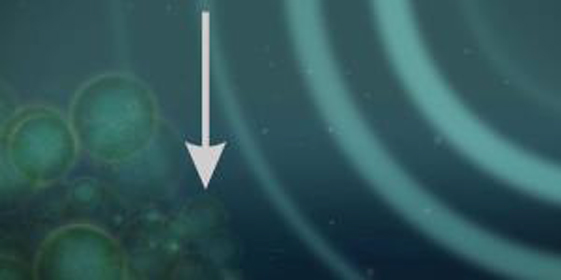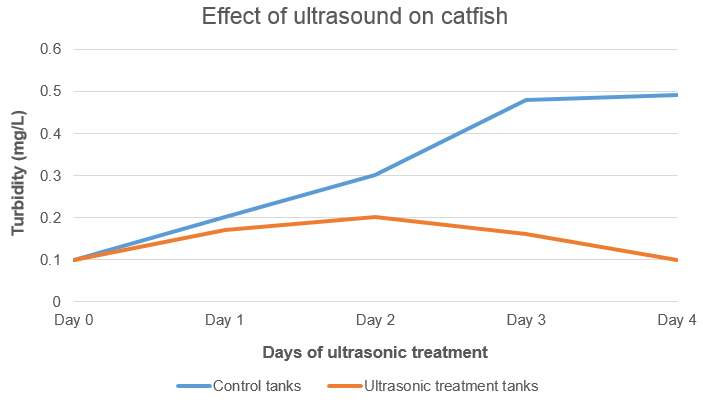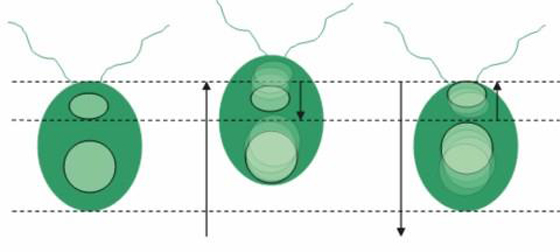Our Technology
More than 10 years of experience in ultrasound technology
Benefits of our Technology
- Eliminate up to 90% of existing algae
- Prevent the growth of new algae
- Chemical-free solution that is safe for fish, plants, and other aquatic life
- No toxins from the algae are released into the water
- Treat large water surfaces, such as lakes and bigger ponds
- Avoid damage to industrial systems, for example, to filters in treatment plants
- Requires little maintenance to prevent frequent site visits
What is ultrasonic algae control?
Ultrasound is cyclic sound pressure with a frequency greater than the upper limit of the human hearing. The algae control devices from LG Sonic are underwater systems that emit ultrasound waves in order to control common types of algae, including the toxic blue algae. Our products are developed in collaboration with several renowned universities and research institutes:
- University of Portsmouth, UK
- University of Catania, Italy
- Universität für Bodenkultur Wien, Austria
- University of Ljubljana, Slovenia
- HCMR Institute, Greece
Chameleon Technology™
Different types of algae require different types of ultrasonic treatment. The LG Sonic devices have 12 ultrasonic programs to effectively control different types of algae. Each program contains different types of ultrasonic parameters, such as frequency, amplitude, waveform, and signal duration. Our Chameleon Technology™ makes it possible to change the ultrasonic program according to the water conditions, type of algae, and type of application, thereby providing the most effective solution for each specific situation. We pre-install the right program according to the water conditions, type of algae, and type of application. We can change this program as a result of changing water conditions and the occurrence of other types of algae.
Why do you need Chameleon Technology™
More Efficient Algae Control
Within a body of water, the types of algae can differ and may even vary during the season. Together with several universities and research institutes, we have created a database with an overview of how specific types of algae react to different ultrasonic parameters. This database is incorporated in the LG Sonic device, which allows for a more effective treatment with quicker results.
Prevent the Occurrence of Resistant Algae
When using a standard set of ultrasonic frequencies, it is possible that some algae types become resistant to the ultrasonic treatment. The occurrence of resistant algae is prevented by using multiple ultrasonic parameters.
What is the impact of ultrasound on the algae?
We use scientifically proven ultrasonic frequencies to control many types of algae. A very common differentiation is between green algae and toxic cyanobacteria, which are also known as blue-green algae.
Lack of Light
Most types of algae will die from the ultrasonic pressure generated in the top layer of the water. This sound barrier prevents algae from rising up to the surface, keeping them from being exposed to sunlight, and the algae will die due to a lack of light.
Damage to the Cell Structure
The algae will sink to the bottom of the water reservoir and are degraded by the bacteria present.
Effect of ultrasound on catfish: Results of a research showed a 60% reduction in Turbidity after the ultrasonic
treatment which indicates a reduced risk on fish mortality.
What is the impact of ultrasound on fish, plants, zooplankton, and insects?
The effects of LG Sonic products have been tested by various universities and are proven to be safe for fish, plants, zooplankton, and insects. The University of Portsmouth, UK, UNICET Catania, Italy and BOKU, Austria found that LG Sonic units are safe for fish. LG Sonic devices have been tested on their effect on zooplankton, and no negative effect was found.
Low-power ultrasound
LG Sonic products are not based on cavitation, which is a phenomenon where high-power ultrasound causes the formation of micro-bubbles that implode, causing intense heat pressure. These processes can destroy cells and might harm fish and plants. Most ultrasonic algae control devices based on cavitation use relatively low ultrasonic frequencies but a very high power (Watt). With the LG Sonic ultrasound treatment, the occurrence of cavitation can be disregarded. The power consumption of the units is so low that the sound pressure in W/cm3 would be about 0.000000000089 W/cm3.
Image of algae in lethal resonance





